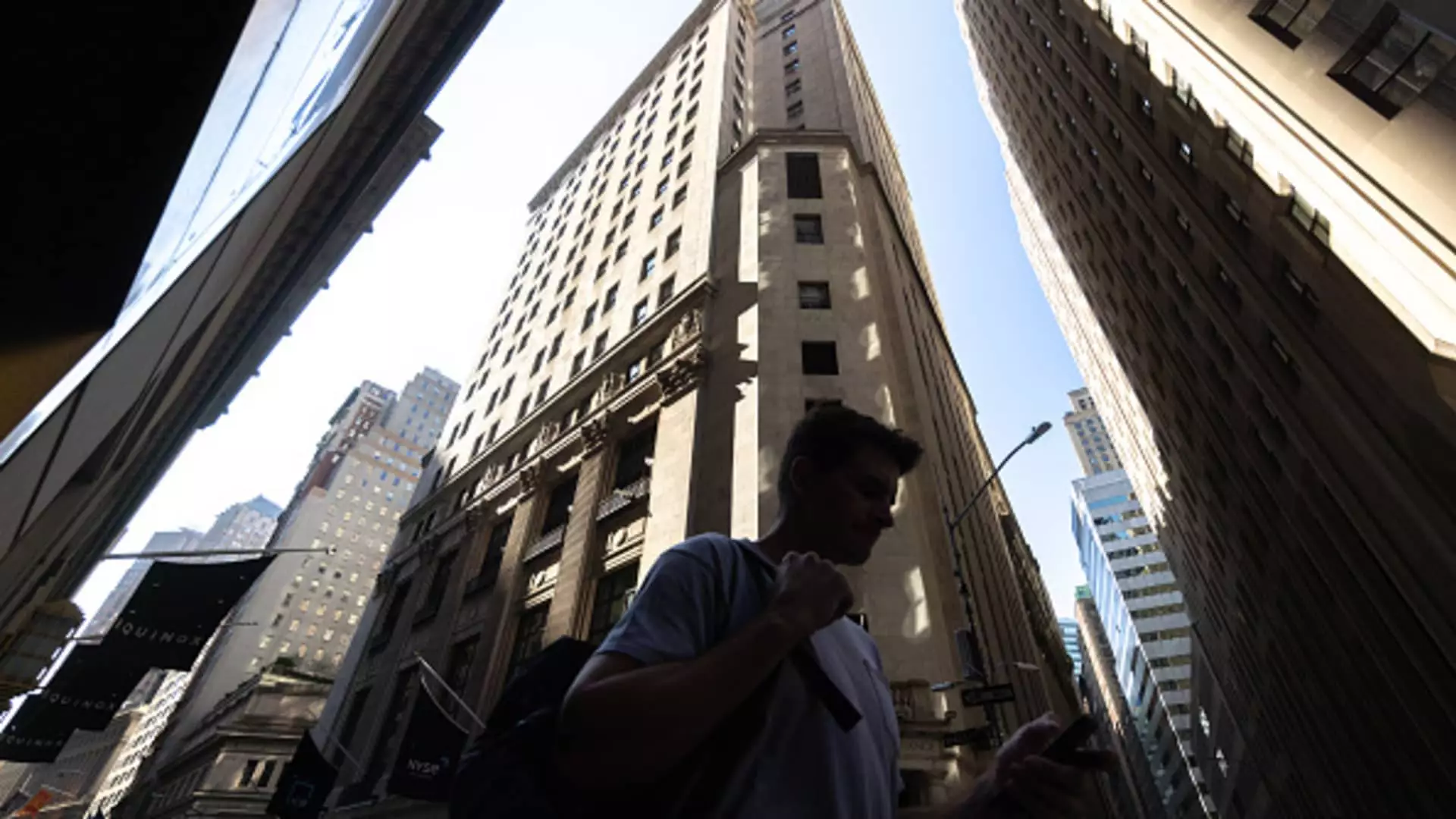The swift resurgence of market confidence following a sharp decline in risky assets may not be as reassuring as it seems. In a recent interview with CNBC, Christian Mueller-Glissmann, head of asset allocation research at Goldman Sachs, expressed concerns about the rapid recovery in stock markets. He compared the early August stocks slump to a “warning shot,” suggesting that investors may be overlooking underlying issues that led to the initial sell-off.
The month of August began with heightened pressure on stock markets due to fears of a potential U.S. recession and the unwinding of carry trades associated with the Japanese yen. The S&P 500 experienced a significant 3% loss on August 5th, marking its largest one-day decline since 2022. Despite this initial setback, expectations of imminent interest rate cuts by the Federal Reserve and positive U.S. economic data quickly reversed the downward trend. Subsequently, the S&P 500 surged by 8% and the Dow Jones Industrial Average by more than 6%.
Positioning and Sentiment
Mueller-Glissmann highlighted the bullish positioning and sentiment prevalent in the market leading up to the sell-off. He expressed concerns about a potential correction given the weak momentum in macroeconomic indicators. Negative U.S. macro surprises, as well as deteriorating economic conditions in Europe and China, contributed to the uncertainty. The rapid return to pre-sell-off levels has raised red flags for Mueller-Glissmann, indicating a potential repeat of past problems.
Risk Appetite and Safe Assets
The current state of the market presents a paradox for investors. While stocks and risky assets have rebounded to previous levels, risk appetite has not fully recovered. Safe haven assets such as bonds, gold, yen, and Swiss franc have not experienced the same sell-off. Mueller-Glissmann emphasized the importance of monitoring risk sentiment closely, noting that while the market may appear to be back on track, complacency remains a concern.
The Role of Balanced Portfolios
Mueller-Glissmann’s recommendation for a 60/40 portfolio proved to be resilient during the turbulent market conditions. The balanced allocation between stocks and bonds helped cushion the impact of the downturn, limiting maximum drawdown to a mere 2%. However, he cautioned against relying too heavily on bond markets for future protection, suggesting a more cautious approach to risk management.
As market participants await key economic indicators such as the U.S. inflation report, the landscape remains uncertain. The prospect of a rate cut by the Federal Reserve has boosted expectations, but the timing and extent of such a move remain unclear. Mueller-Glissmann’s insights serve as a reminder of the delicate balance between market confidence and economic realities. While the recent rally may seem encouraging, a critical assessment of the underlying factors is essential for prudent decision-making.


Leave a Reply